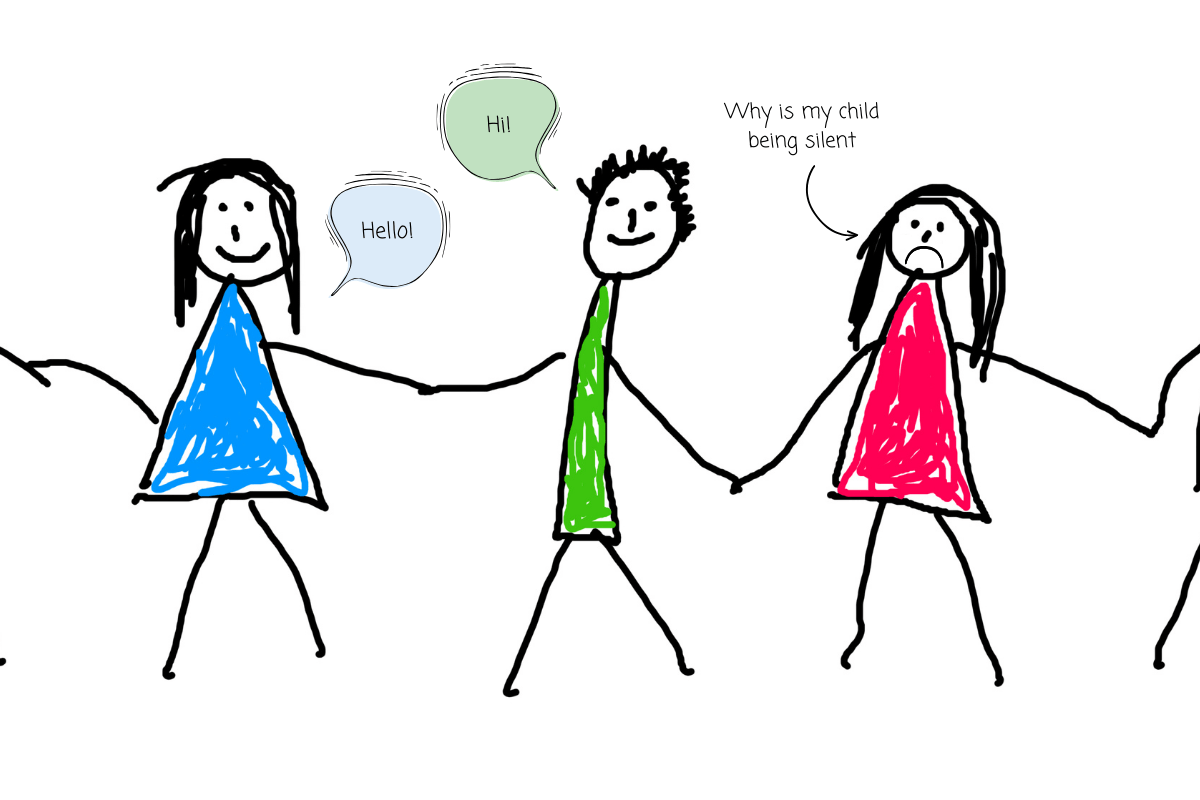Why is My Child Being Silent or Difficult?
 Ainul Fatihah
Ainul FatihahYour child, once bubbly and engaged, becomes withdrawn, and you find yourself asking: Is this just a phase, or is something more serious at play? The rise in mental health challenges among Malaysian children is becoming more pronounced, and understanding the underlying issues has never been more urgent.
But what are the reasons behind this shift in behaviour? Could it be more than just typical growing pains? Chin Lek Xin, Head of Counselling at Soka International School, shares his insights on how mental health issues manifest in children, often hidden beneath surface-level changes.
The Hidden Struggles: What Are Children Trying to Tell Us?
Children's mental health is a complex subject. What they may not say out loud often speaks volumes. As Chin explains, “Identifying mental health issues in the school environment is difficult because the signs can easily be mistaken for normal adolescent behaviour. Changes like irritability, withdrawal, or lack of interest in activities may seem like typical growing pains, but they can also indicate something deeper."
Many children lack the vocabulary or understanding to express their emotional struggles. The symptoms are often physical (headaches, fatigue, or even chest tightness), but they can also include social withdrawal or sudden changes in academic performance.
Chin adds, “When students frequently report physical discomfort, such as headaches or fatigue, this can often reflect underlying emotional or psychological distress.”
Explain the Difference Between Normal Behaviour and Possible Signs of Mental Distress
While some mood fluctuations are part of growing up, a child’s emotional well-being should not be overlooked. Chin suggests that early warning signs of mental health distress include irritability, withdrawal from previously enjoyed activities, disrupted sleep patterns, or significant changes in appetite.
She urges parents and teachers to stay vigilant. "When we see these early indicators, it’s crucial not to dismiss them. Instead, we need to delve deeper to uncover if there’s something more happening beneath the surface."
The Role of Schools and Counsellors: How to Spot the Warning Signs Early
Schools are often the first to notice changes in a child’s behaviour. Teachers and counsellors observe how students interact with their peers and respond to academic pressures, making schools critical touchpoints for early intervention.
"We see students who might be isolating themselves in the cafeteria or avoiding group activities," says Chin. "These shifts in social behaviour, combined with academic struggles, should raise red flags for potential emotional distress."
With greater awareness, schools have become increasingly attuned to their students' mental health needs. Chin describes how the school's counselling department works alongside teachers to identify these signs early.
“Our role is to create an open dialogue where students feel safe to express themselves. It starts with a trusted adult, usually the homeroom teacher, who can then refer the student to us for further support.”
Building Emotional Resilience: Simple Steps You Can Take at Home
For parents, the best way to help is by fostering an environment where emotions can be expressed without fear of judgment. Chin emphasises the importance of open-ended questions.
“Instead of asking, ‘What’s wrong with you?’, try ‘What’s been going on lately?’ This approach normalises conversations about feelings and can open up pathways for children to share their struggles.”
Parents can implement practical steps at home to nurture their child's mental health. Chin recommends regular family check-ins where each member shares their experiences, both good and bad. "This consistent communication helps children understand that their emotions are valid and important," he explains. It's not just about checking in on schoolwork; it's about allowing space for emotional expression.
Children also benefit from a break from academic pressures. Chin suggests encouraging hobbies and relaxation as essential parts of the daily routine. “It’s vital that children have time to unwind, whether that’s through hobbies, sports, or downtime with family.”
The Role of Empathy: Why It’s More Than Just “Talking It Through”
Empathy is at the heart of helping a child manage emotional struggles. Chin explains that empathy isn’t about solving the problem immediately; it’s about understanding your child’s feelings.
“Listening without rushing to offer solutions is key. When parents minimise their child's struggles or label them as ‘overreacting,’ they inadvertently signal that their feelings are not important."
Empathy allows children to feel truly heard and validated, which builds trust and encourages them to share their emotions. This is the foundation of emotional resilience—letting children know their feelings matter just as much as their grades or accomplishments.
Early Intervention Can Make a World of Difference
Mental health struggles often go unnoticed until they escalate into more serious issues. But early intervention can make all the difference. "If we create a safe space for children to express their feelings and offer the right support, we can help them develop emotional resilience before their struggles become more profound," Chin concludes.
As parents, it’s crucial to make mental health conversations as routine as discussions about schoolwork. Encourage your child to talk openly about their emotions and provide a supportive environment at home. Early intervention is not just about preventing a crisis—it’s about giving your child the tools they need to thrive emotionally and mentally throughout their lives.
Recent Articles
- What Should You Be Looking for in a Preschool?
- HELP Education Group Unveils New Sports Oval in Subang 2 Campus
- Exploring the Homeschooling Path: What Parents Need to Know Before Taking the Leap
- More Parents Are Now Opting for International Schools in Malaysia
- AISM Students Who Dream Big and Build Bigger

